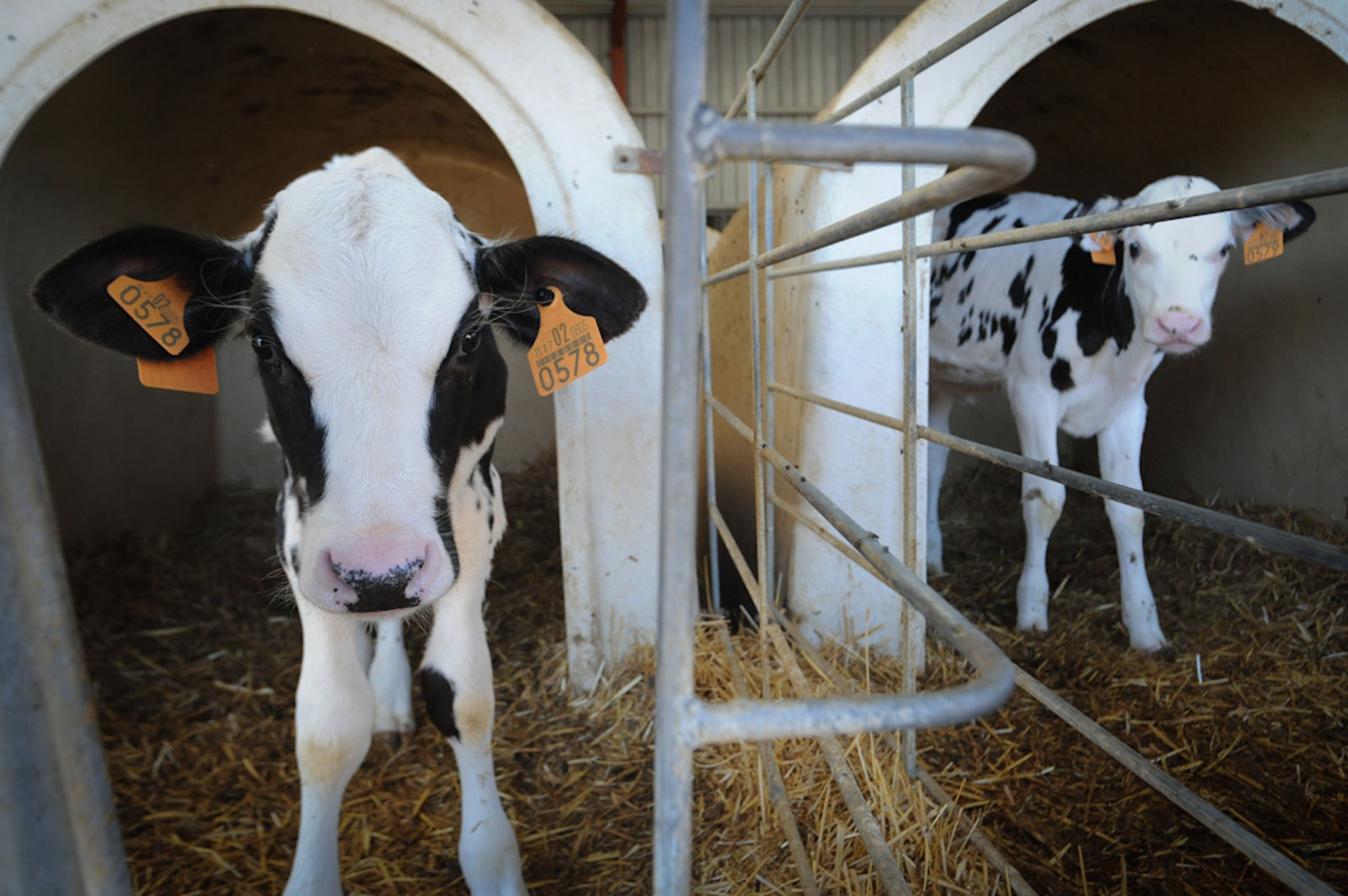
During their life cows will produce milk for around eight or nine years of their life depending on how many calves that rear. But the time at which an individual is able to carry productive utility is very limited and much less than its possible lifespan.

Life expectancy is based on several factors including the conditions in which Jersey cows live.
Average lifespan of a milk cow. The typical dairy cow lives an average of five years with the first two years focused on providing a strong foundation for the healthy development of the cow. From age two the mature cow will become a productive member of the milking herd meaning she will produce milk. There are many contributing factors in the lifespan of a cow.
The average life of a dairy cow should be 15-20 years depending on your source. With sources such as PETA Rolling Stones the like you are probably concerned about this. With sources such as PETA Rolling Stones the like you are probably concerned about this.
The productive lifetime of the dairy cow. The average productive lifetime of the dairy cow in intensive milk production is decreasing around the world with averages like 24 lactations in the US and Denmark. This shorter lifespan is mainly a result of what has generally been considered as sound economic decisions on profitability.
Cows will breed produce milk and die even if there werent any humans. Granted they would live more stressful unhappier shorter lives. The average age of a.
Annually that would be 2920 gallons. Over the course of five to seven years youll get somewhere in the range of 20000 gallons. Thats quite a lot and possibly represents a number that pushes the cow further than what is ideal for the quality of its milk.
In the 1800s each cow produced an average 1000 litres of milk annually. In many countries around the world today the average annual milk yield is over 10000 litres per cow2. The modern dairy cow A cow can live for around 20 years but in commercial systems she will be culled at 6 years old on average3.
How much does a cow live. Ruminants bringing milk live on average about 2025 years old. But the time at which an individual is able to carry productive utility is very limited and much less than its possible lifespan.
On average livestock in the dairy farm are 810. Dairy cows have a life expectancy of approximately 6 years which is less than that of other domestic cows. The life cycle of a dairy cow has various stages from the birth of a wobbly legged calf to a heifer and finally a mature cow.
Dairy cows only begin to produce milk after calving and can yield an average of 27 litres per day. The productive life efficiency for each cow was calculated by dividing the total lifetime milk fat and protein yield of cows by their productive life. Holstein cows born between 1980 and 2008 were included in the study.
Cows calving down before 18 months of age and herds with fewer than 30 records over the 28 year period were removed. Life expectancy is based on several factors including the conditions in which Jersey cows live. Homestead cattle that are grass-fed have longer lifespans than their grain-fed counterparts.
Most cattle live between 18 and 22 years. Cows can live to be more than 20 years old in a healthy setting like Farm Sanctuary but the life of a dairy cow in production is short. At around four years old.
Dairy cows may be found either in herds or dairy farms where dairy farmers own manage care for and collect milk from them or on commercial farms. Herd sizes vary around the world depending on landholding culture and social structure. The United States has an estimated 9 million cows in around 75000 dairy herds with an average herd size of 120 cows.
How Many Gallons of Milk Does a Cow Produce in its Lifetime. Even if cows have a life expectancy of up to 20 years due to their decreasing milk production as they age it is not financially worth feeding them for so long. So a cow that is farmed for milk will produce around 10950 gallons of milk during its lifetime.
During their life cows will produce milk for around eight or nine years of their life depending on how many calves that rear. A typical dairy farmer will be in the barn by 5 am. To milk the herd and again at 5 pm 365 days a year.
Most cows will have an average productive lifespan of four or five lactations. Some cows milk for 10 lactations or more. Female calves may be raised as replacement heifers for the herd while the male calves are typically raised for veal.
Typically cows produce milk during 80 to 90 of this time with the remaining time spent in the dry period to prepare for the next calving. The productive lifespan of average cows is between 25 and 4 years in most developed dairy industries. Longevity or length of productive life of a cow is a complex trait that reflects total lifespan of a cow.
The actual longevity of a cow is determined by the farmer because the farmer makes the decision to cull the cow or not unless the cow dies and the farmer takes into account milk. It also has a first-rate food conversion. 1 kg x 726 kg of food.
Regarding reproductive efficiency the Charolais breed has shown. A pregnancy rate of 81 the survival rate of 96 as well as a weaning rate of 78. Charolais crosses with Brahman have reported a weaning step of 268 kg for half-blood.